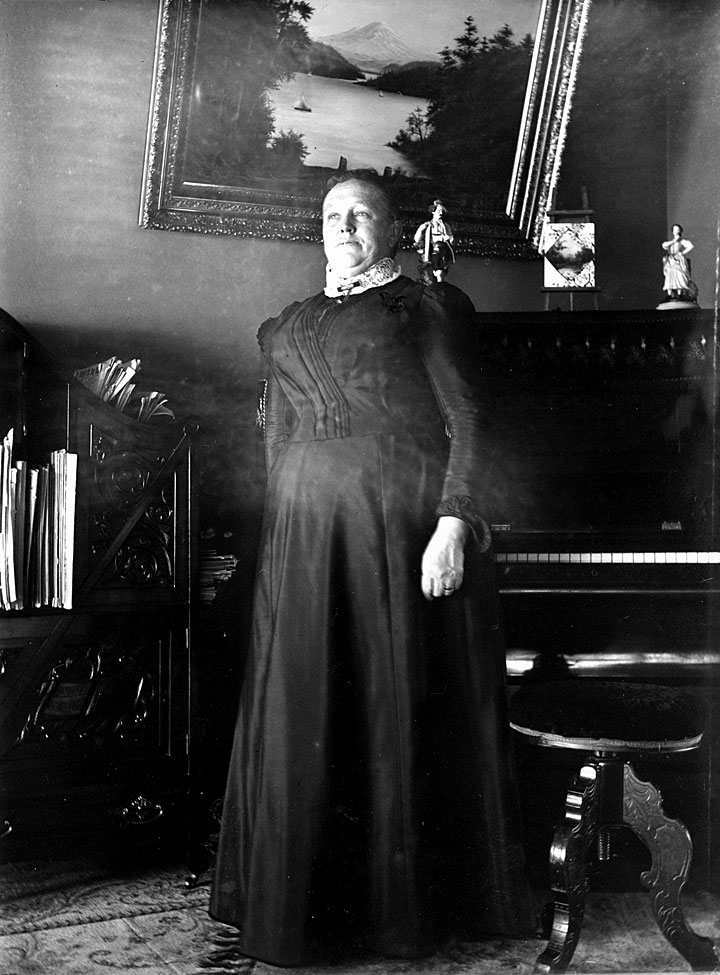Featured Image: Theater Head Block, collection of the writer.
“Head blocks are overhead multi-line blocks used for the lift lines and operating lines.” [Wikipedia]
“The bones found us! It was a f-u-c-k-i-n-g shower of bones!” Said the Boss, who was a fast speller.
Suddenly his arms went up, palms cupped, head back, eyes wide open — an act of submission to a higher power — as portrayed in the old movies, I thought.
Very slowly, Boss floated his arms down to shoulder height and aimed both index fingers at Jake, who turned around from looking out the huge window, that towered over him, to face Boss, with a sharp setting sunlight to his back.
Boss shuffled left and right looking for a view of Jake’s face, giving up, he began, “Jake, here, on the first day on the job, went up the old rod iron ladder to the rails just below the ceiling, what do you call all that?” he asked, looking at me.
The “Grid-Deck” I told him. “Was it made of metal …?” I tried to ask.
“When Adventure Boy, here, gets to the top of the ladder, the piece of shit comes off the wall, banging against the metal thingamajig….
“Grid-deck. Sounds like it was made of metal,” I said. “Amazing, an iron grid-deck in the 1920s,” I started but was cut short by the Boss who was on a roll (playing a role, for sure).
“Whatever, the ladder jammed against it and Adventure Boy, here, skidded down the ladder, ripping the shit out of his hands, but was almost beaned by an iron pulley thing that went sailing past him landing with a startling, deep thud that shook the goddamn flimsy stage house walls.”
“No one moved,” continued Boss, “we stood there looking up into the darkness of the fly loft.
“I swear I heard footfalls up there,” said a young-looking Eric, kind of whispering — looking at me with a disconcerting stare.
“When the bones began to fall,” said Boss, making sure everyone knew he was reaching the turning point of his story, “it was as if someone, or something … was, I don’t know … was … settling a score?”
“Know what I mean?” he said turning to look at me.
The Boss overused this tag line — as if I knew anything about it — I just nodded in the affirmative.
“Now is not the time, nor the place to be talking about this,” spoke up Jake, turning again in the light to face the Boss as a shadow or silhouette.
I could see he had his shirt off, built like a modern movie star, I could sense he was proud of his look, topped with a fire-engine red head-band corralling his wild blonde locks. He never did take his gloves off, come to think of it.
The bowl of burning Blue Dream was opposite me, across a loose, semi-circle gathering. Jake was on my right, turning towards me, he watched my eyes as he spoke.
“The fly loft walls were dangerously water damaged and I shit you not,” Jake said, sotto voce, “it was ready to collapse, with the iron grid coming down on all of us — instant decapitation! The failure of the ladder was the only warning I needed.”
Our intense eye contact was (thankfully) broken when Jake slowly turned toward the Boss, then on to Eric, and to the fourth crew member, whose name I didn’t get, Jake continues, “fortunately, the fly loft came down by our hands as fast as we could — you can wipe your ass with the permit!”
“Was there really, a shower of bones?” I asked, with air quotes.
. . .
COMMENTS WELCOMED BELOW
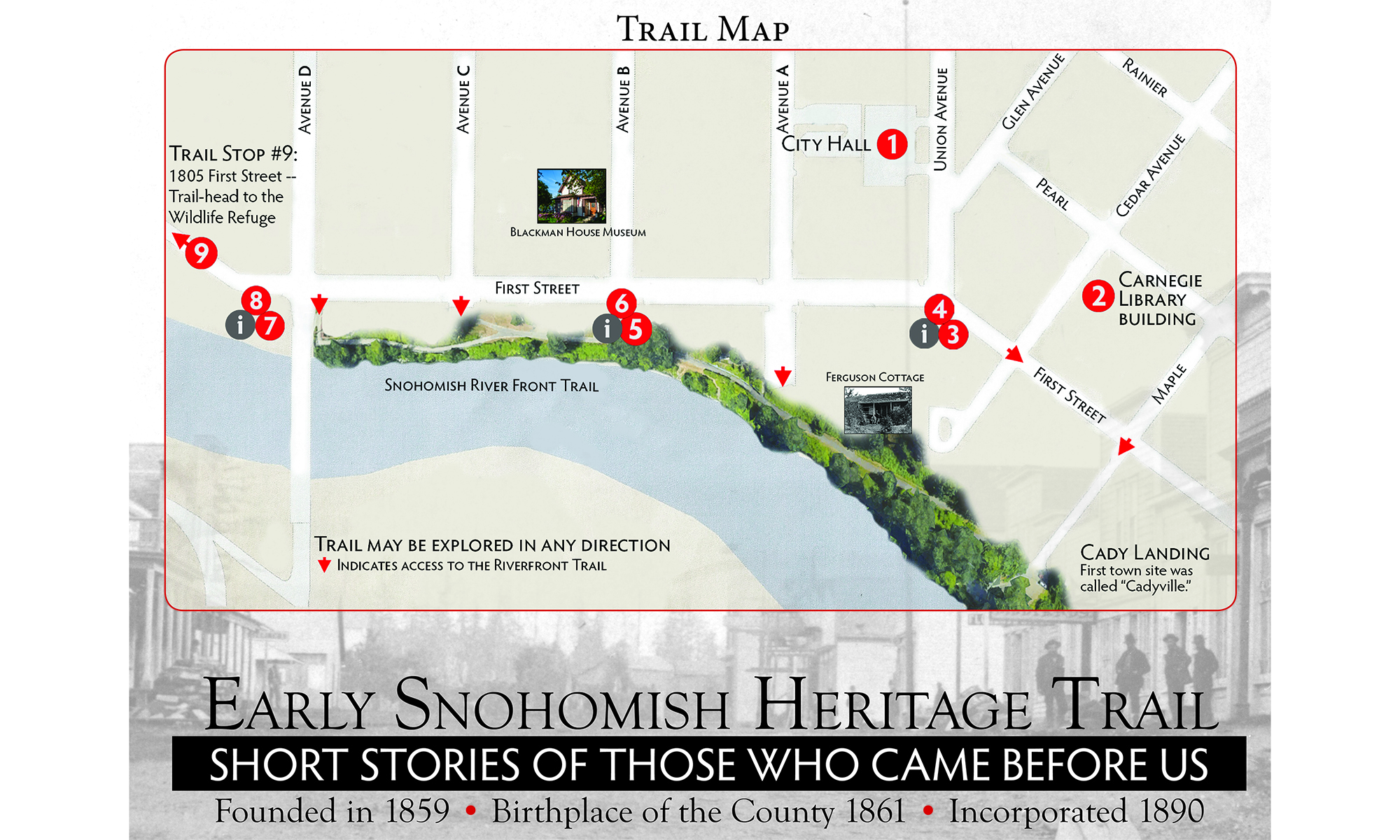
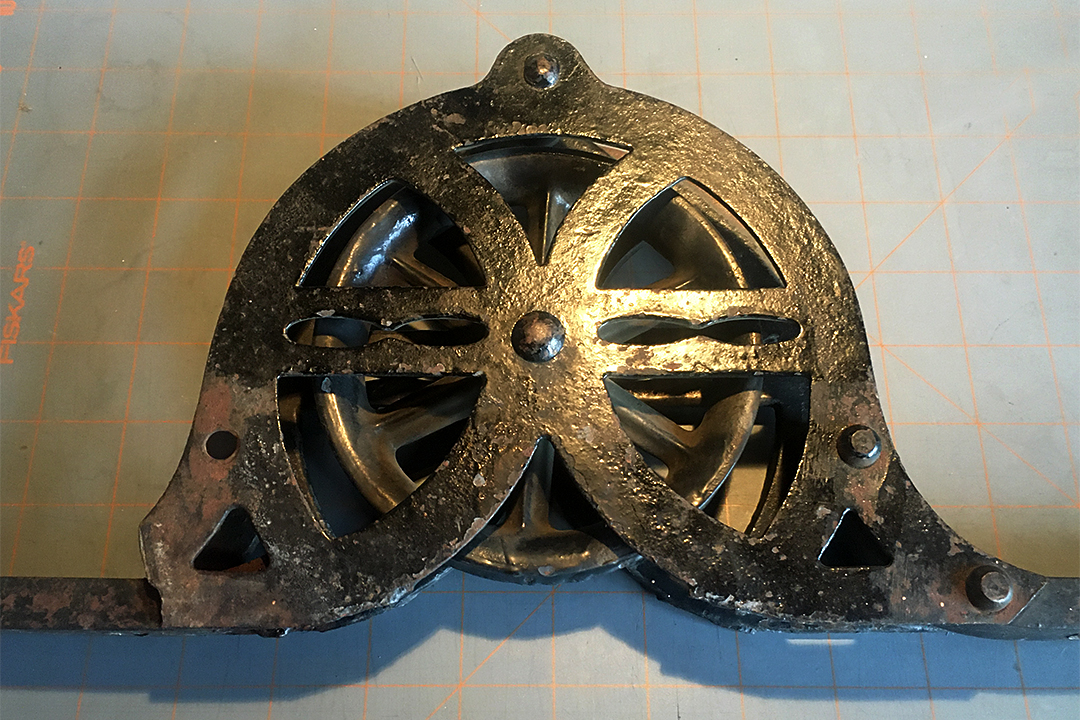

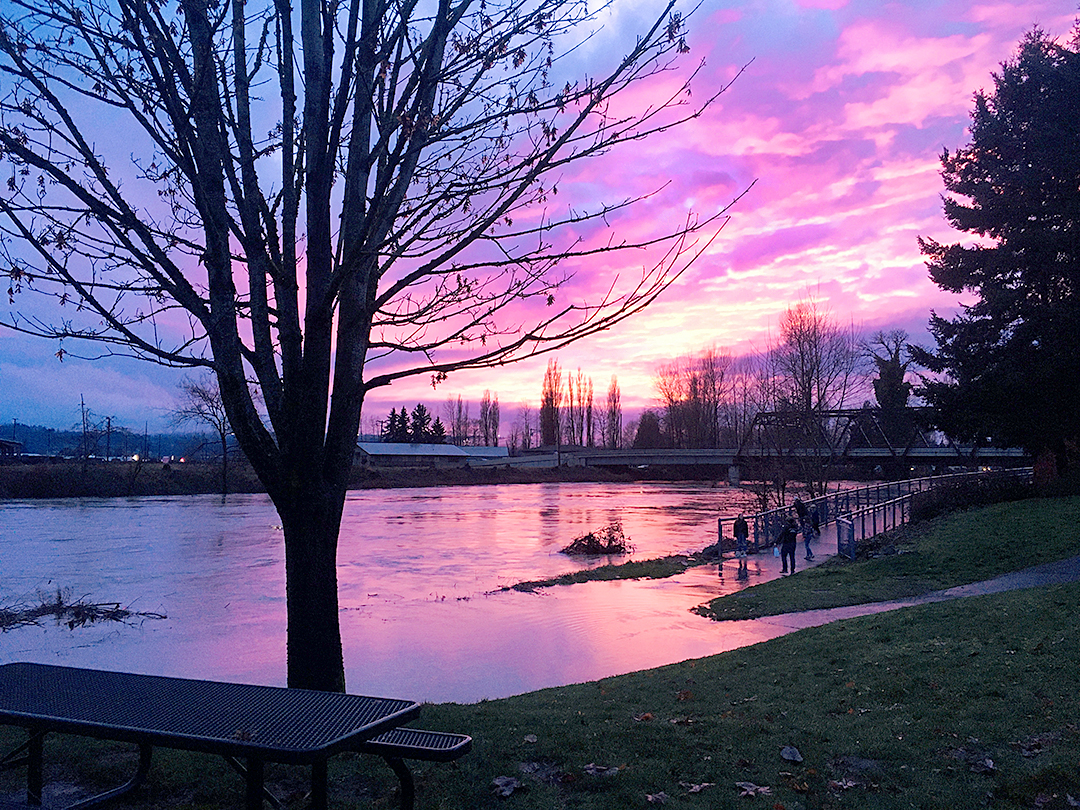
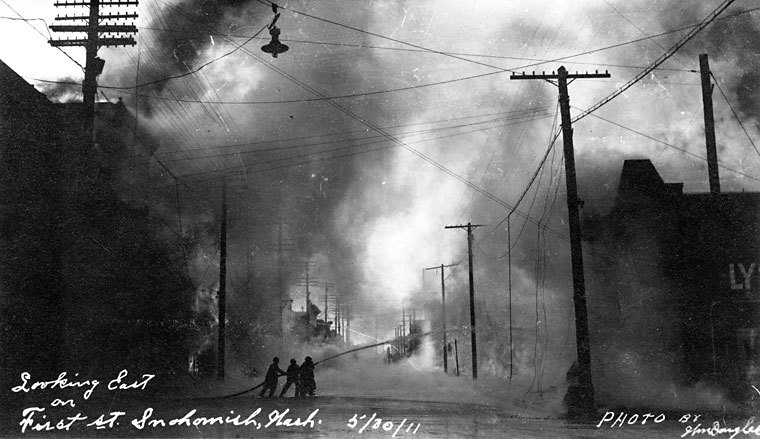
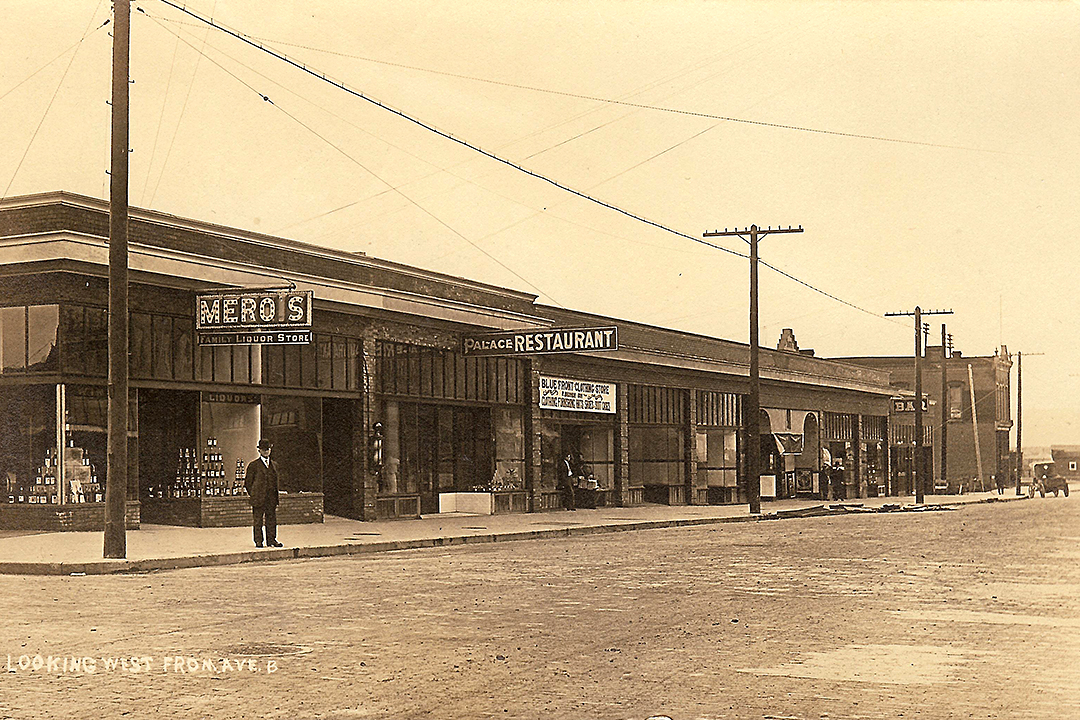
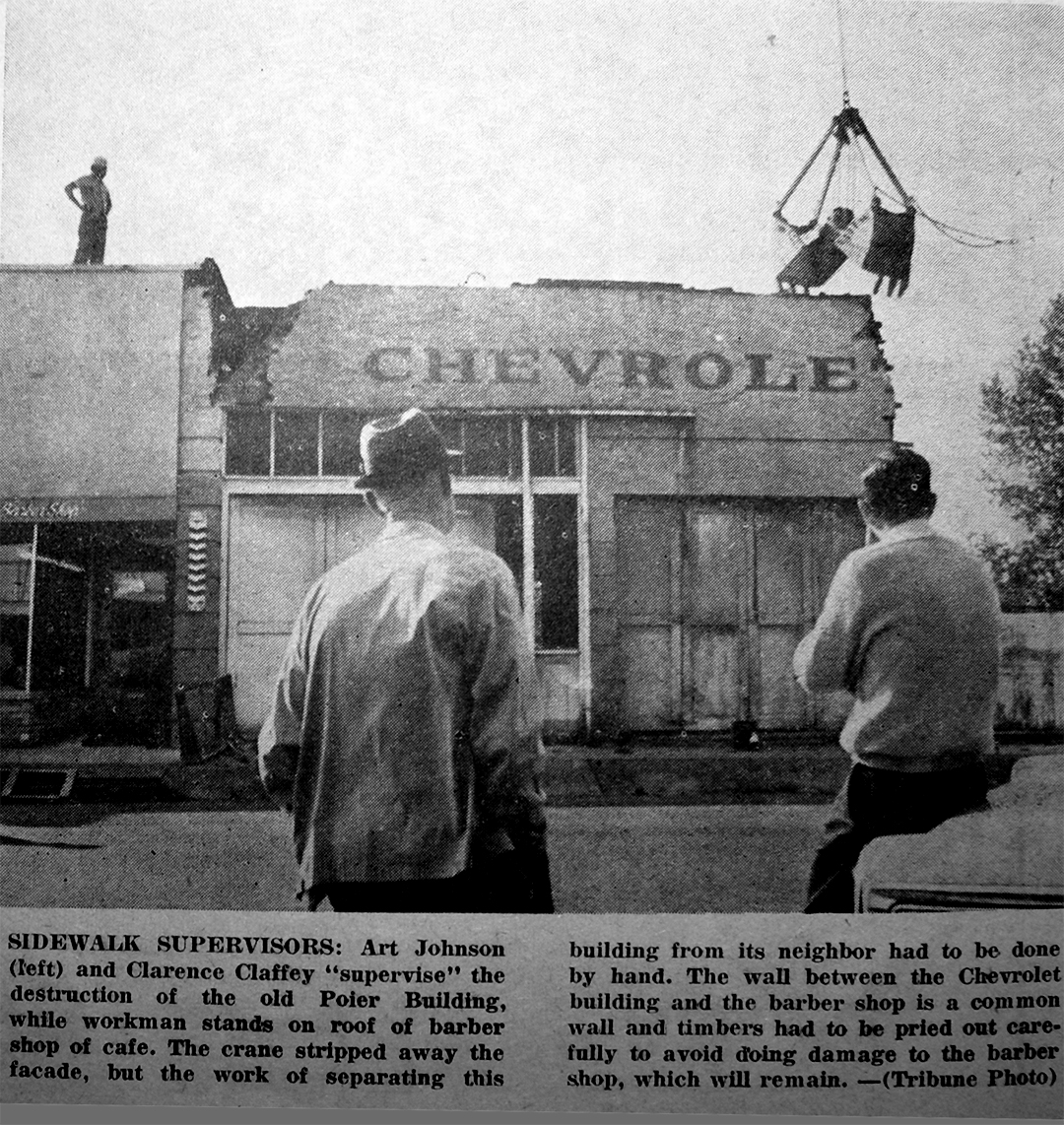
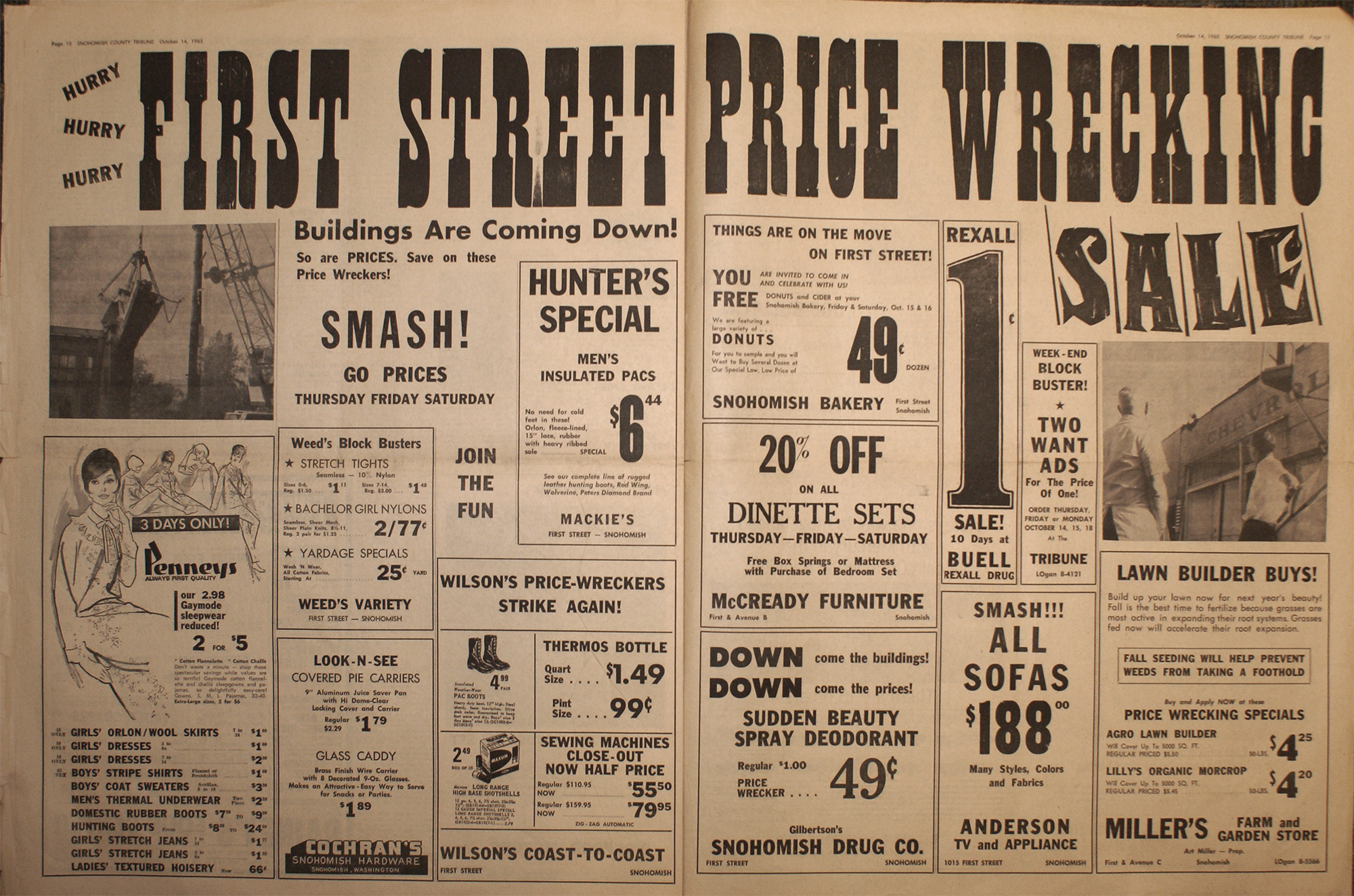
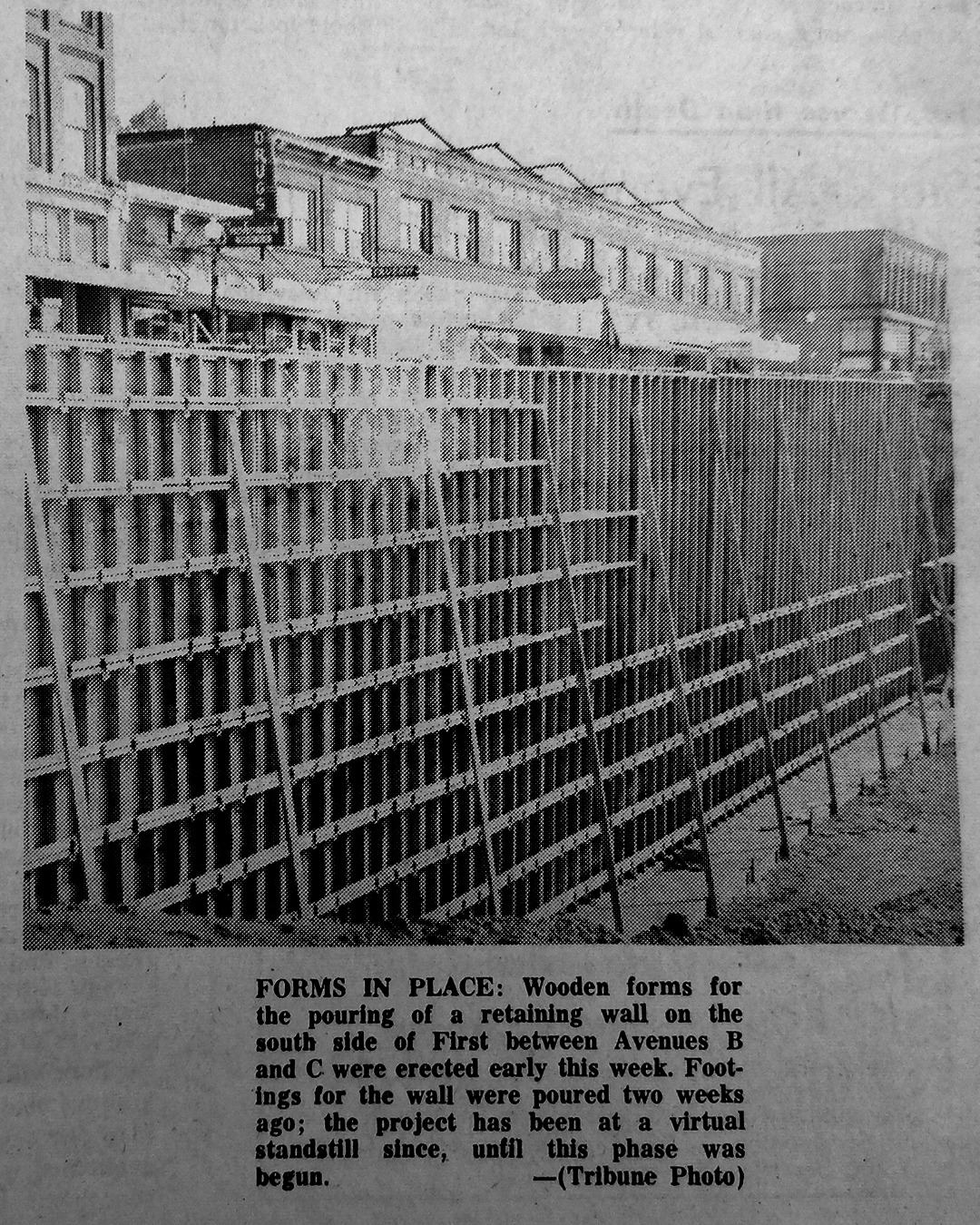
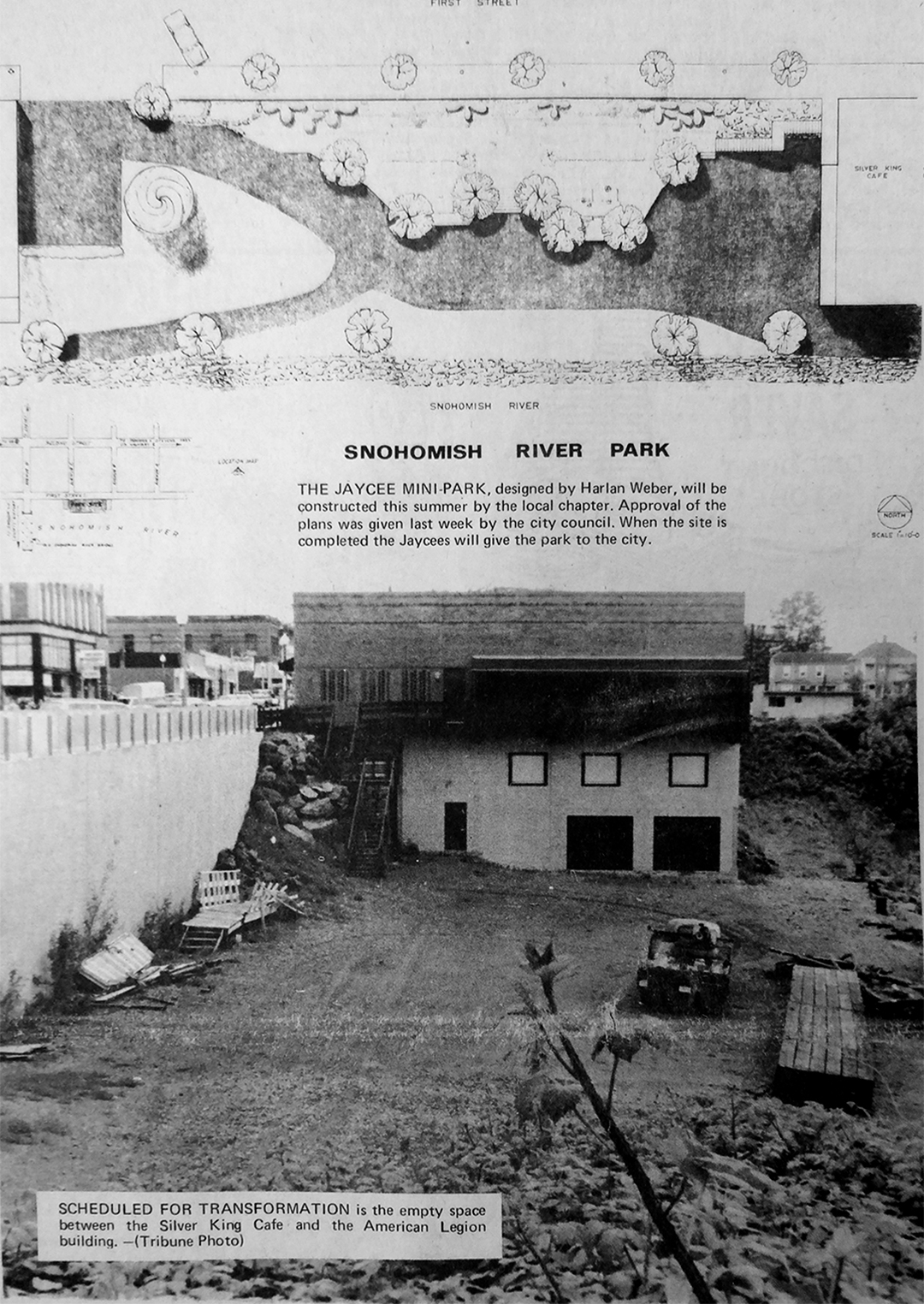
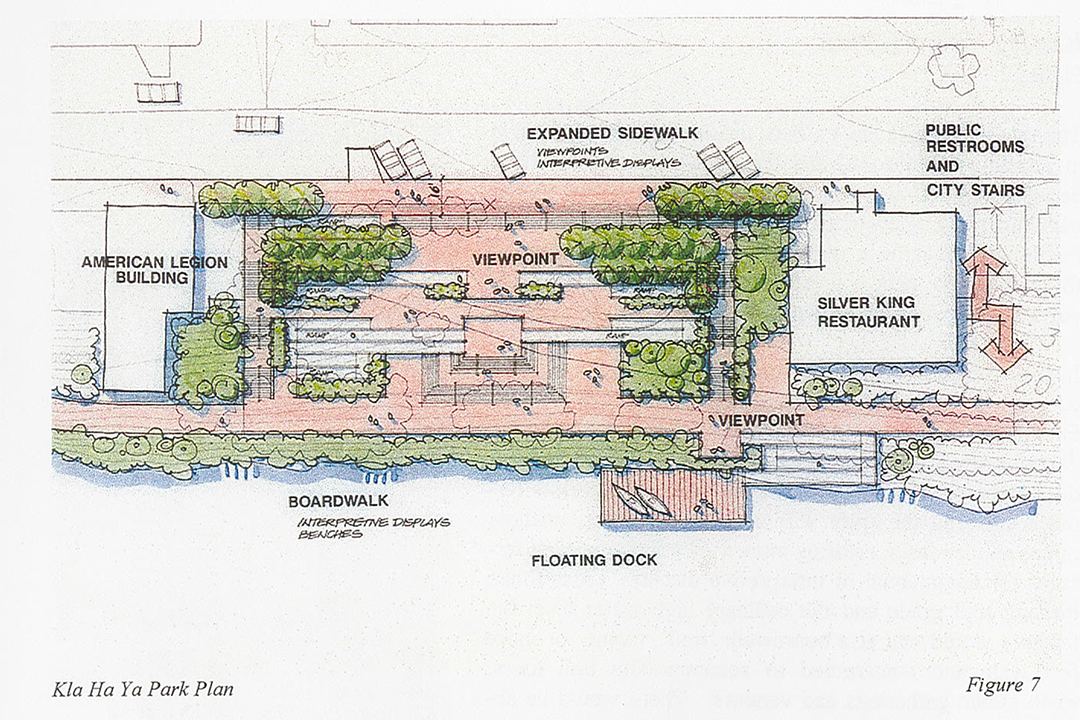
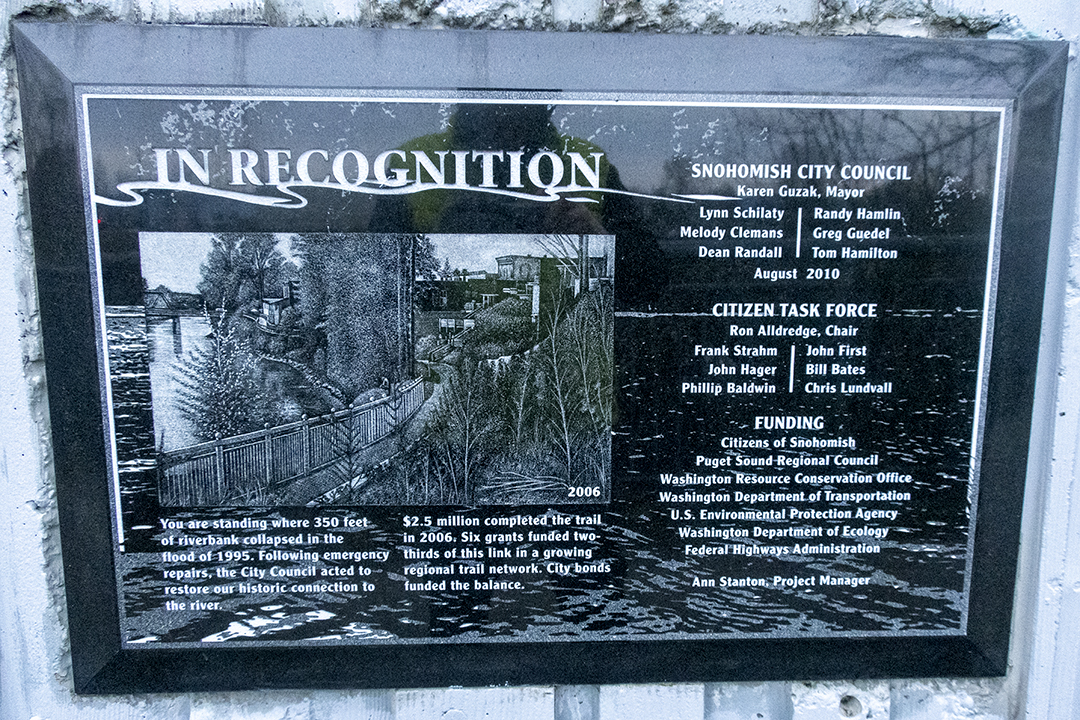
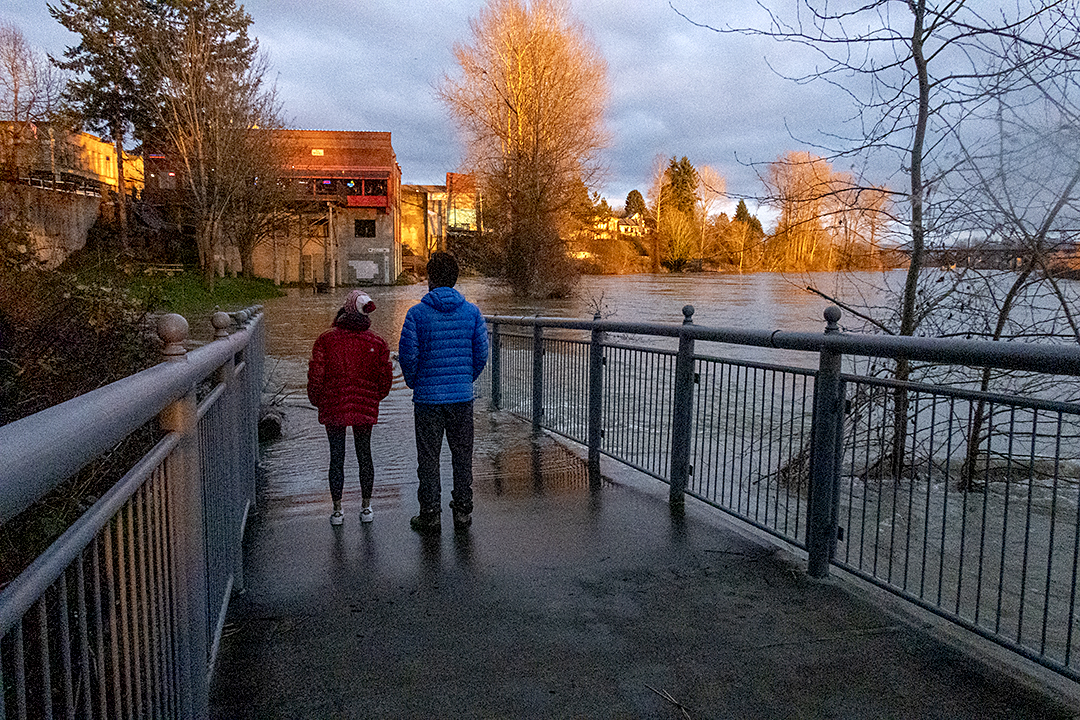
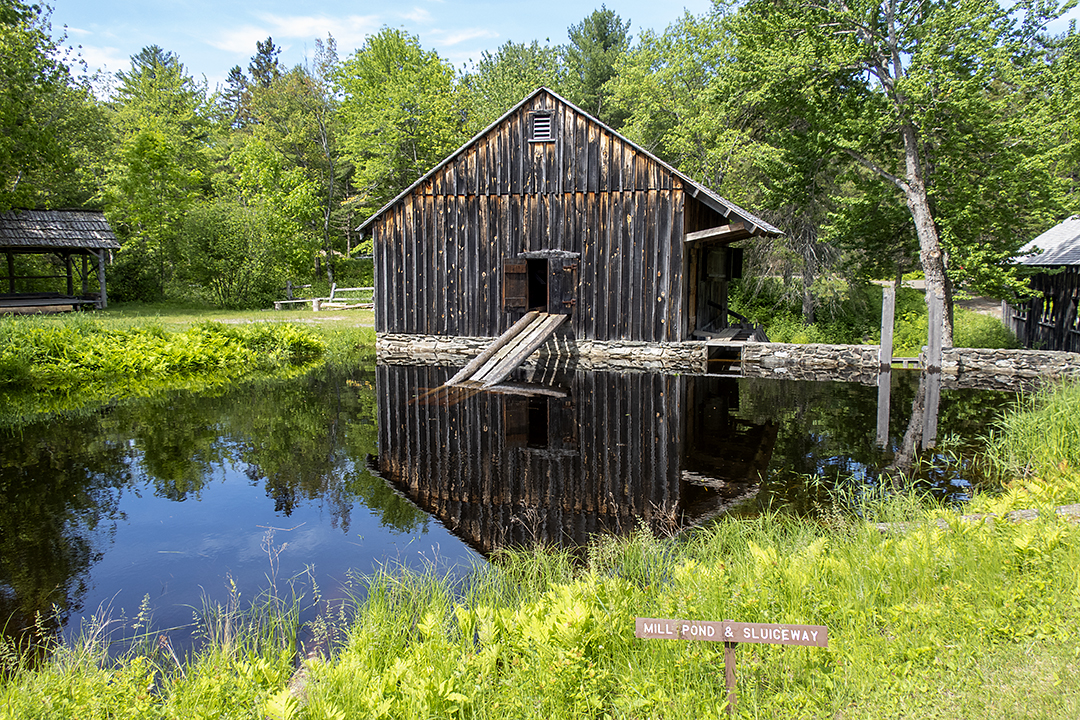
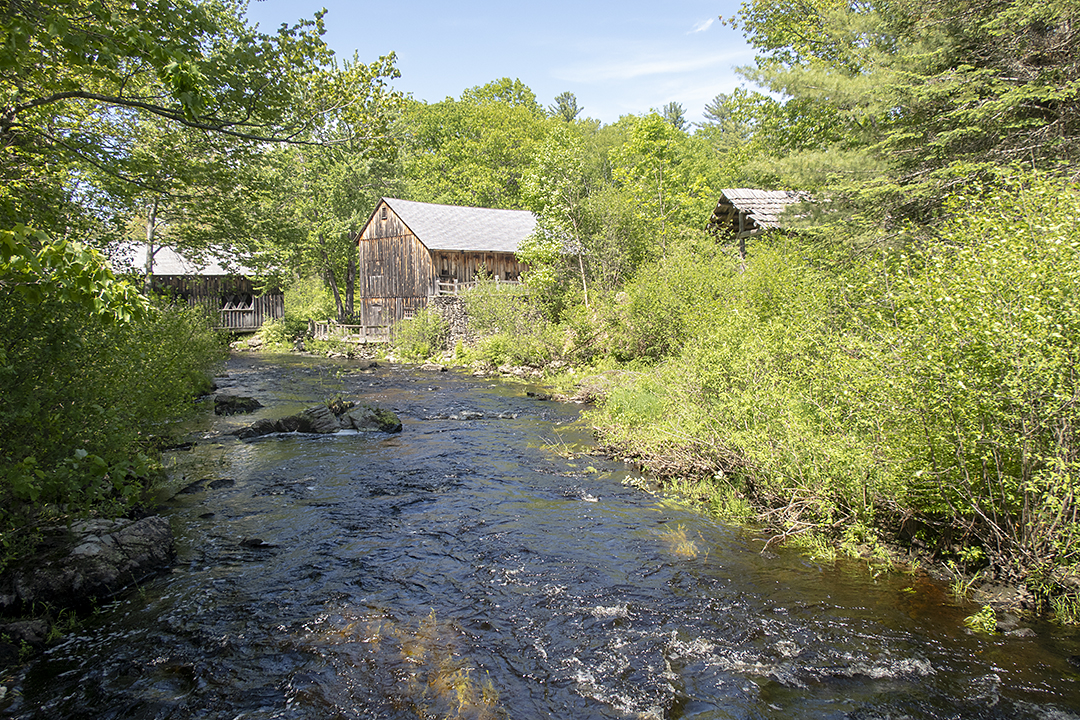
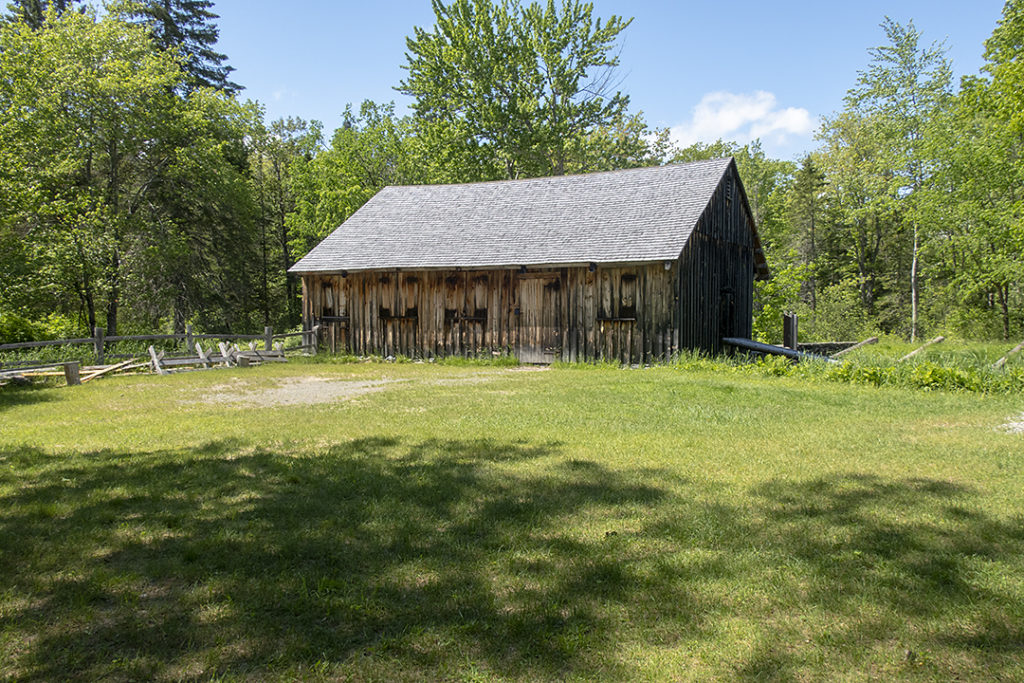
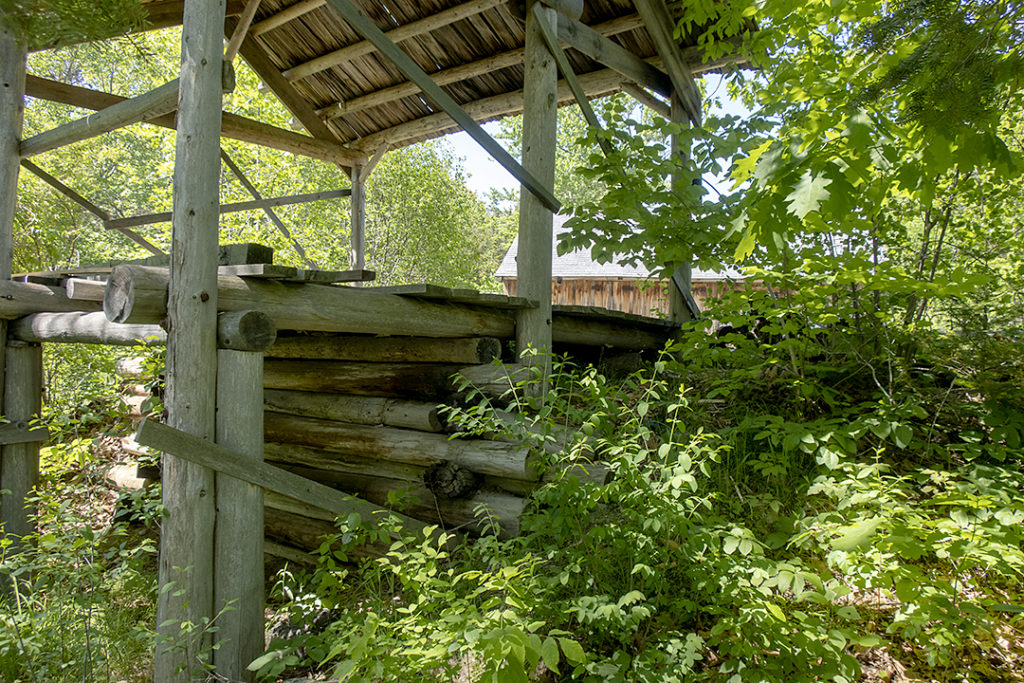
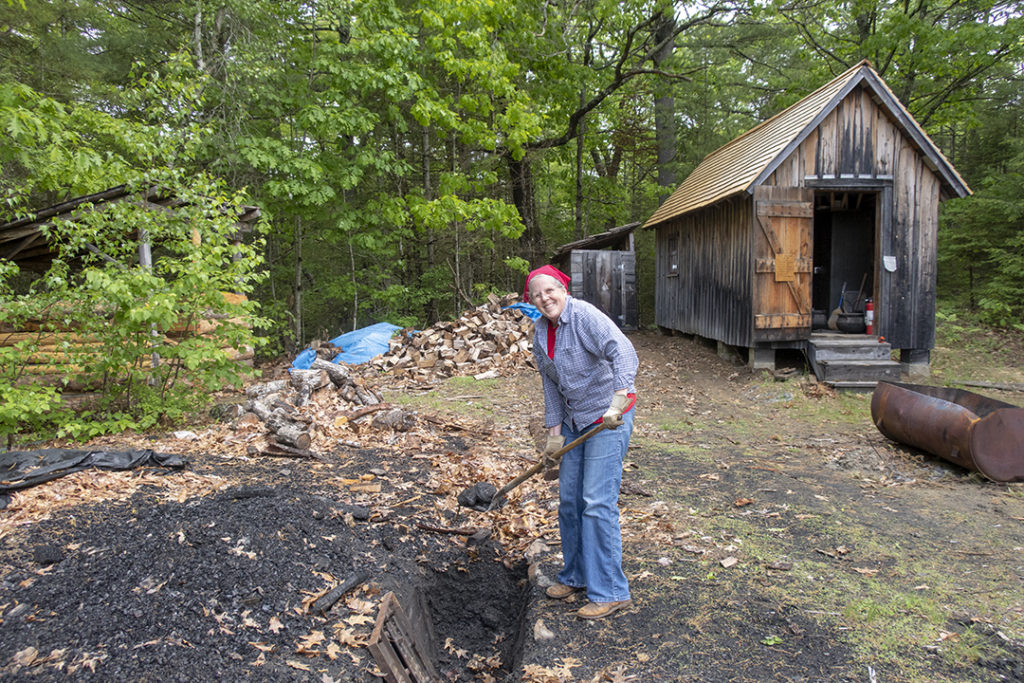
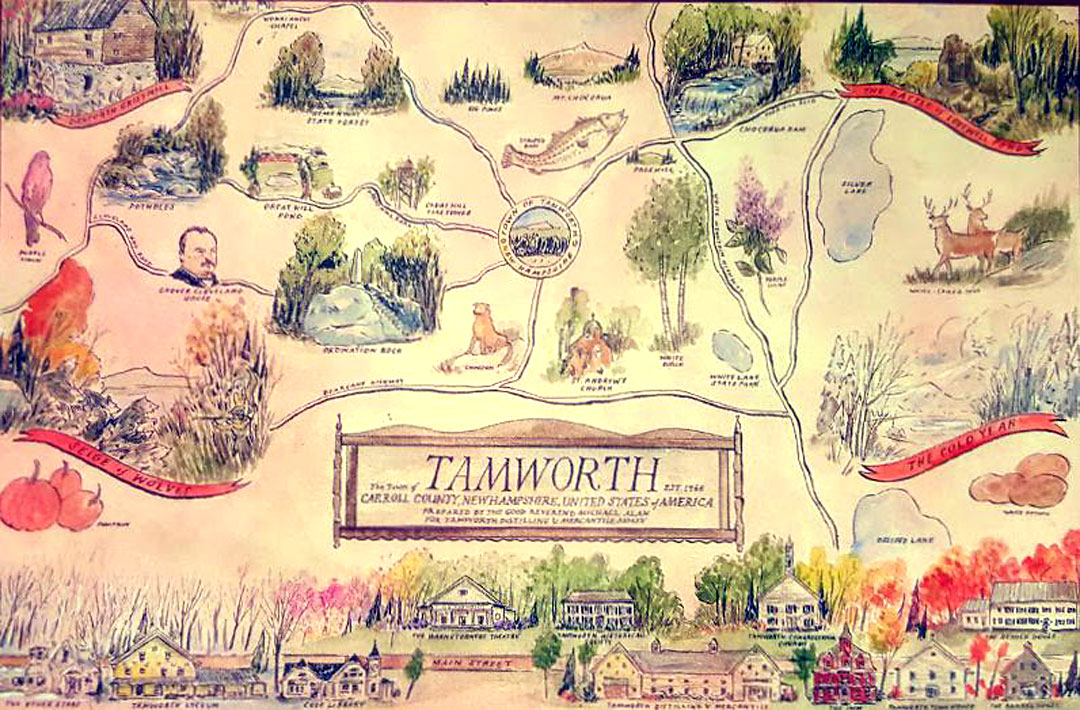
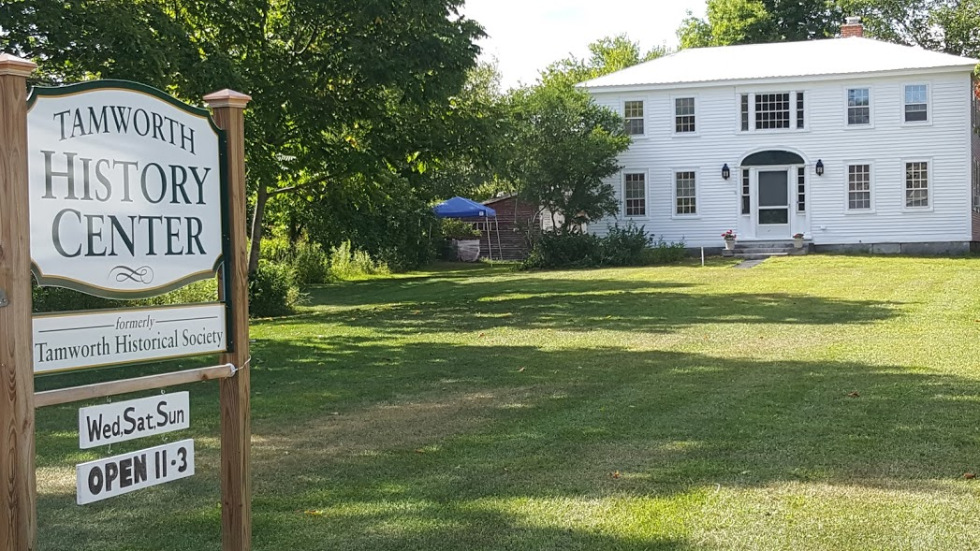
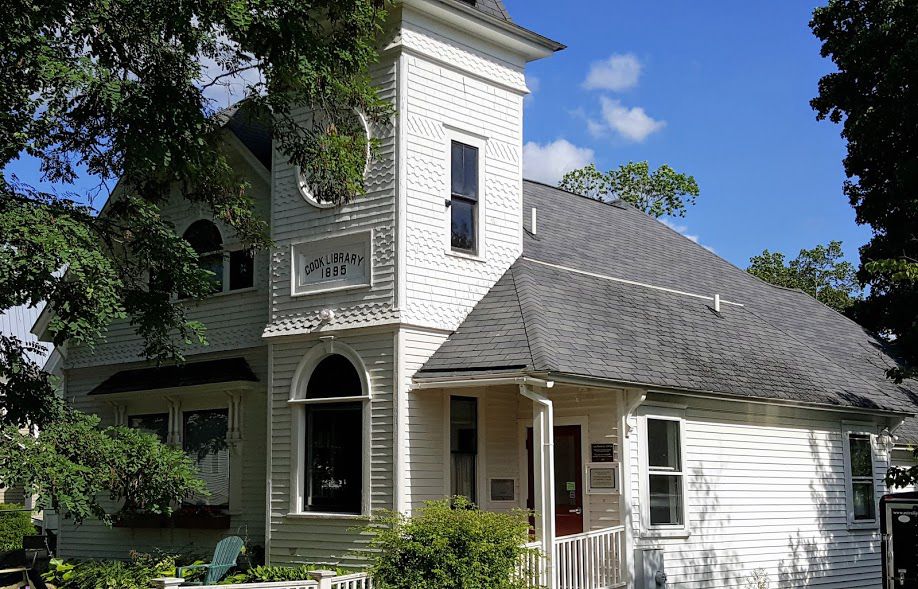
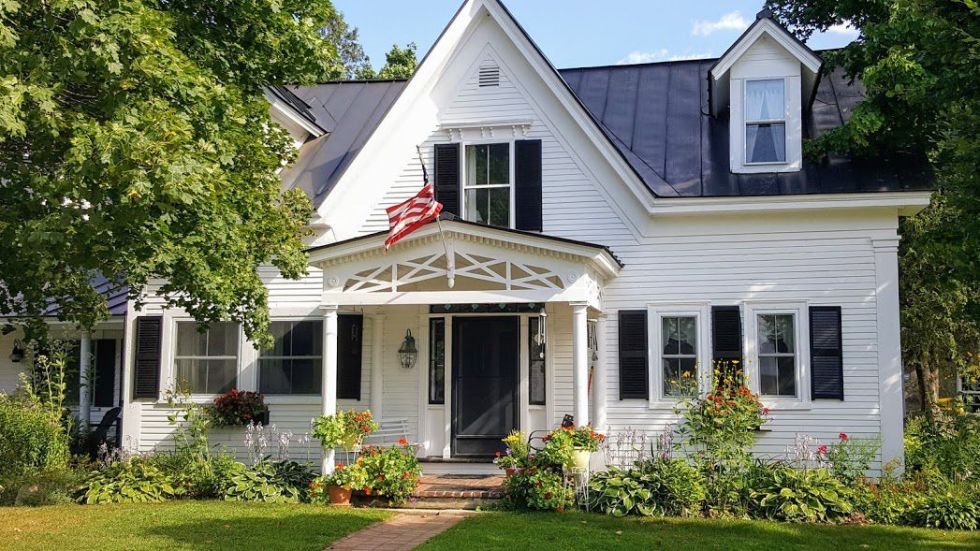
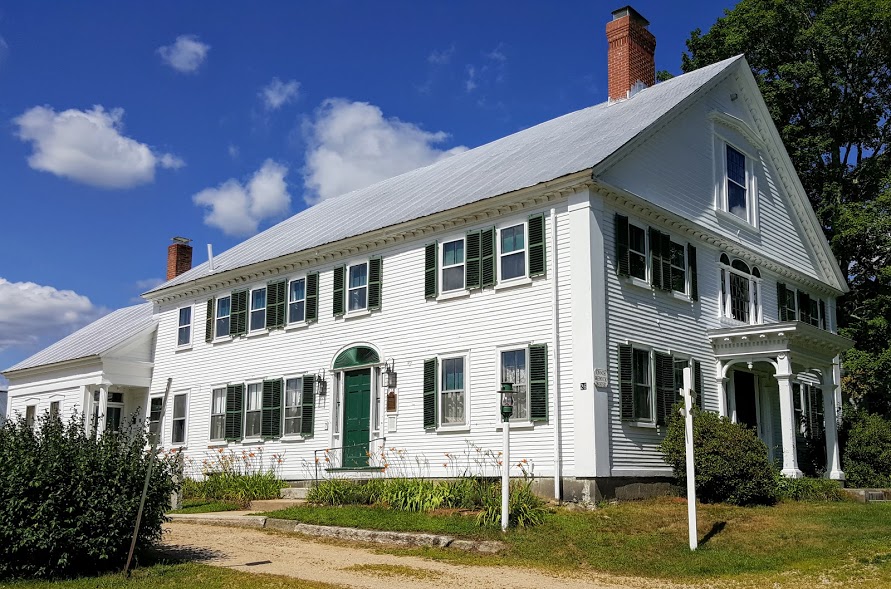
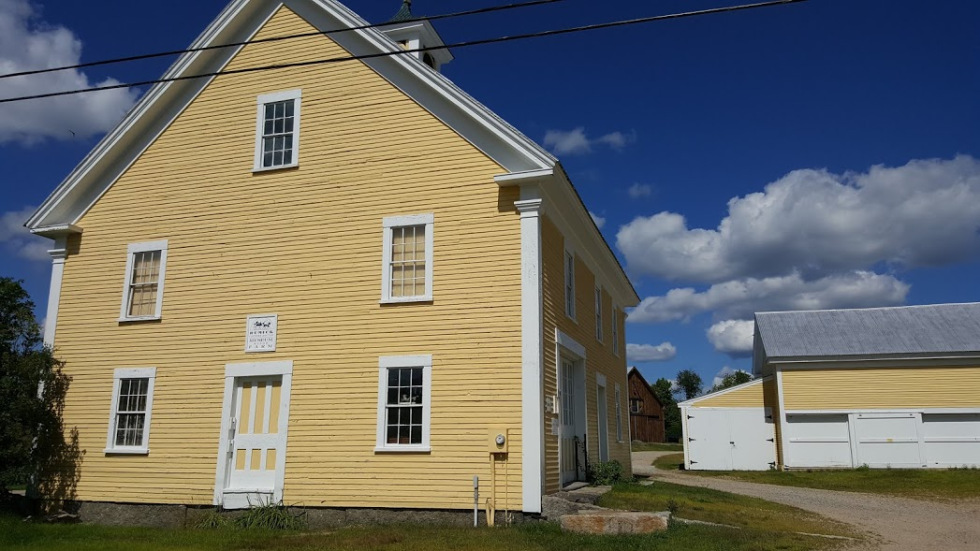
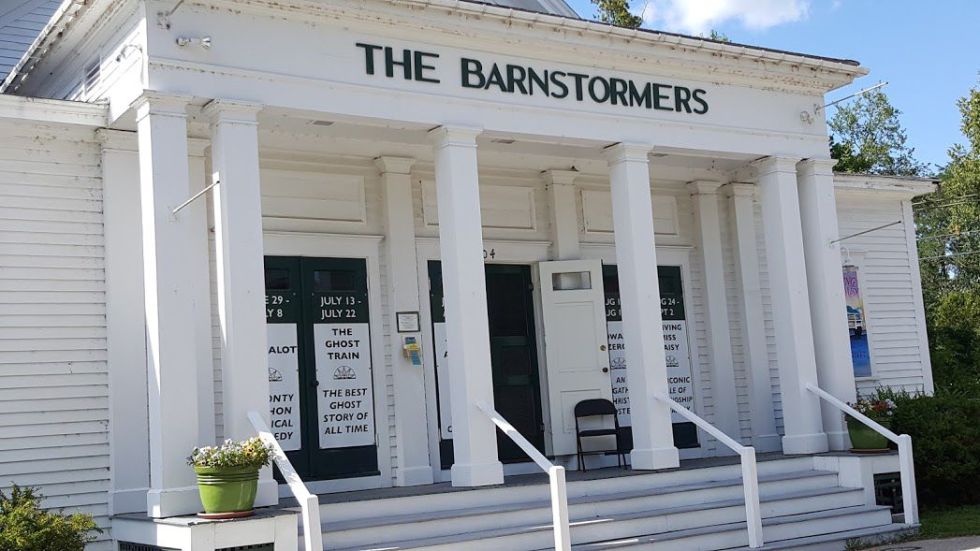
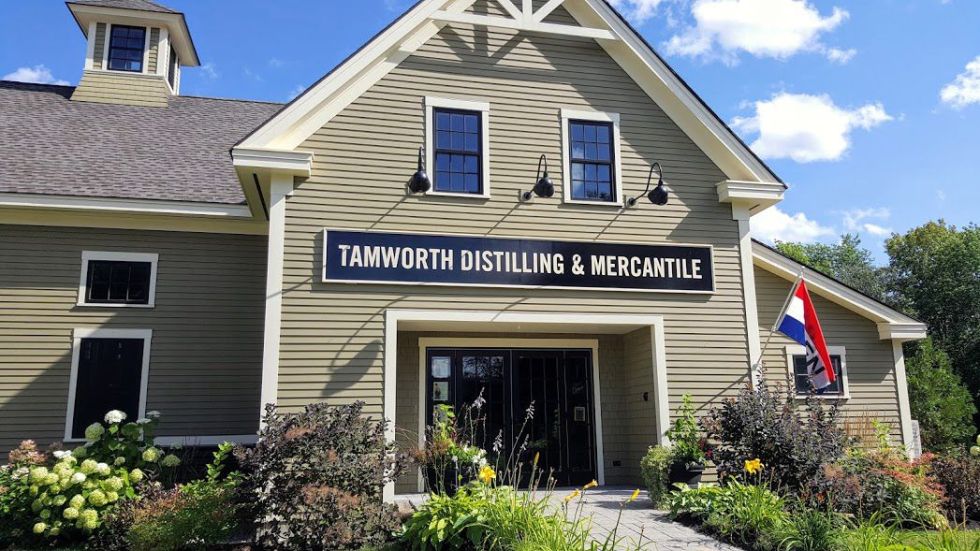
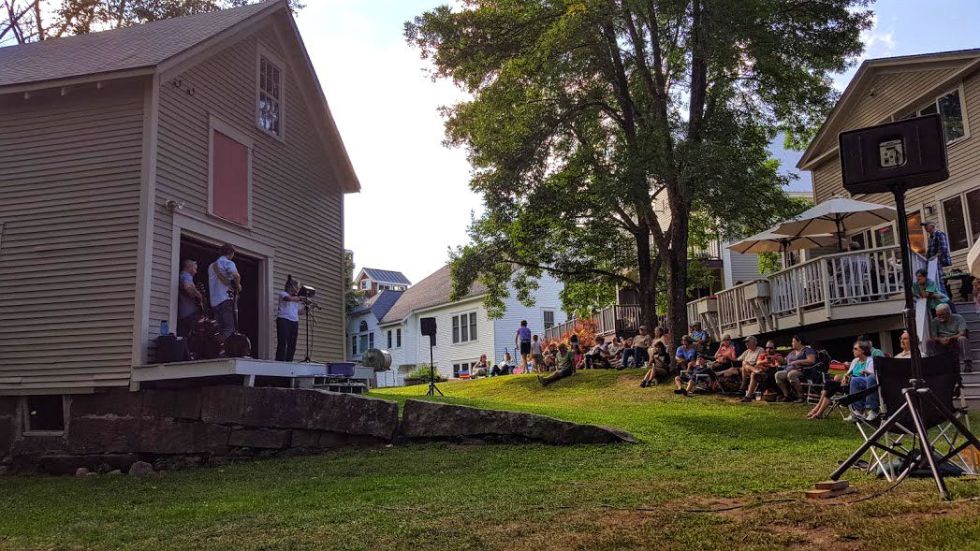
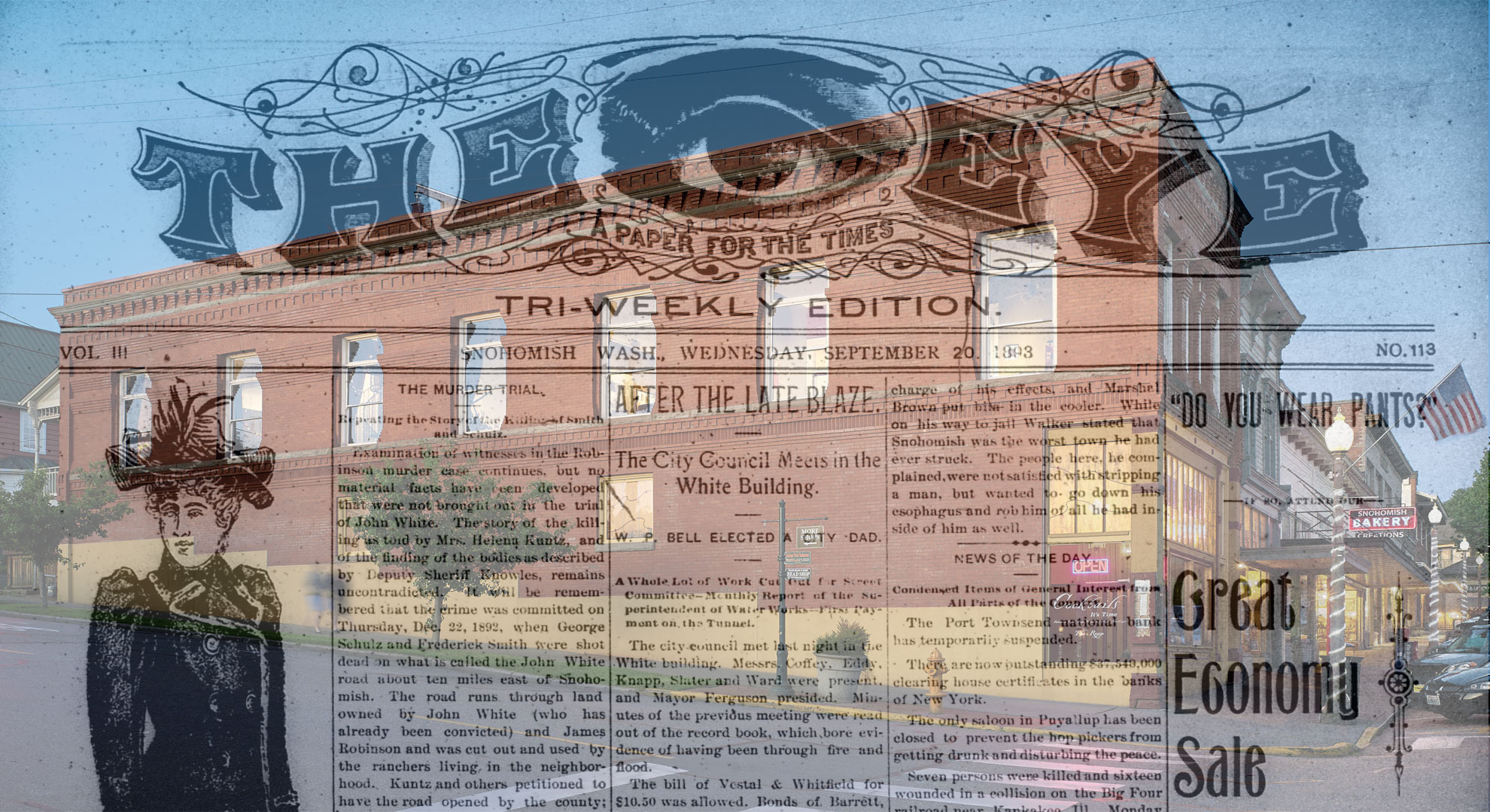
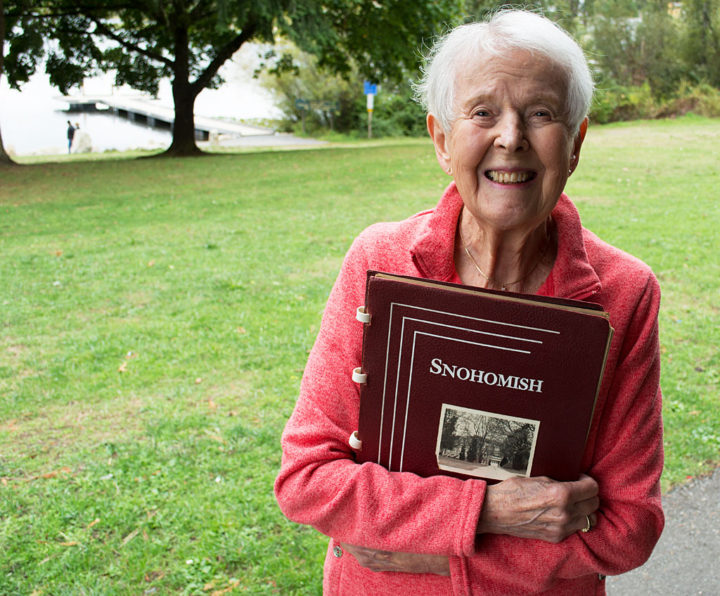
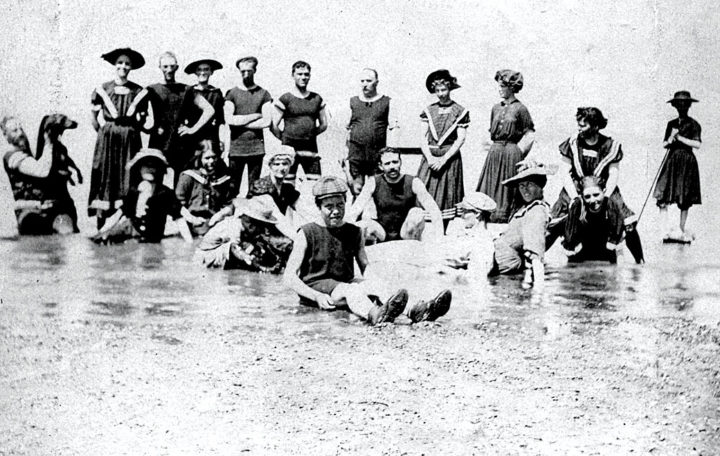
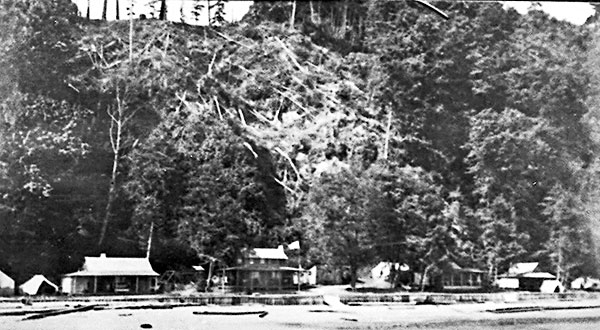
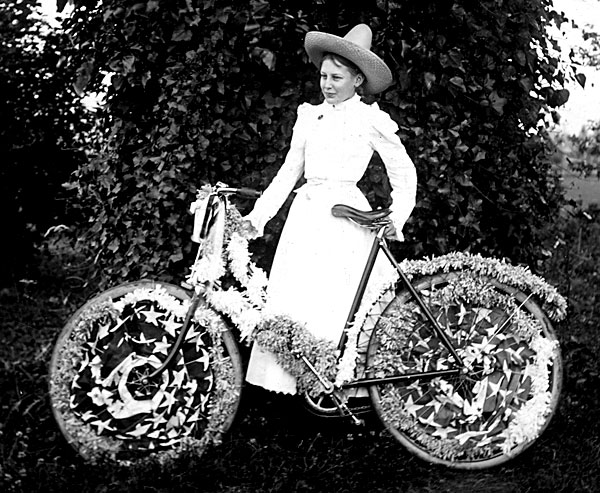
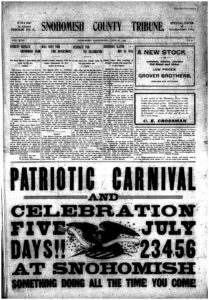
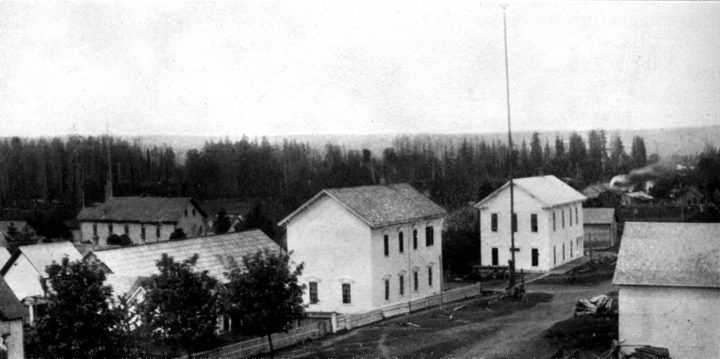
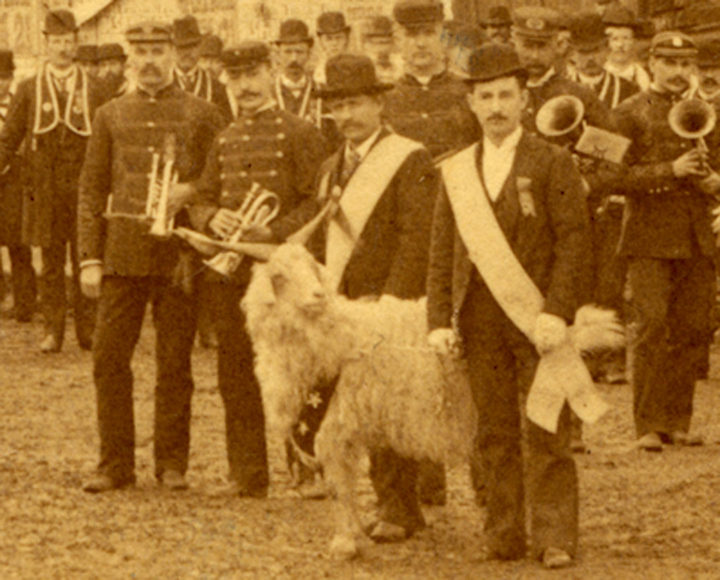
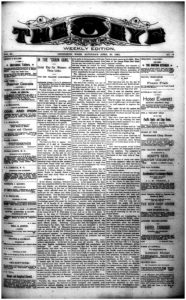
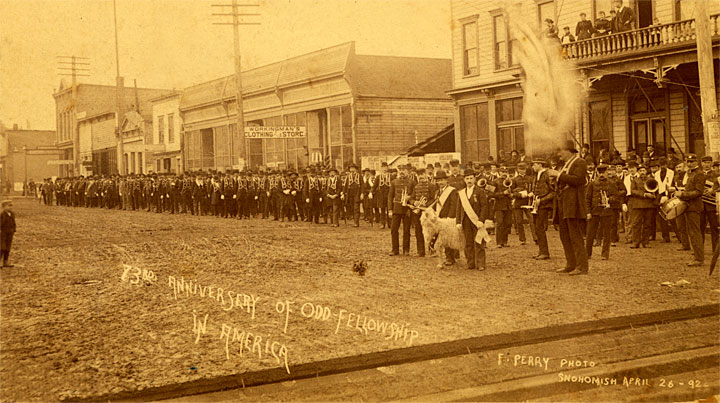
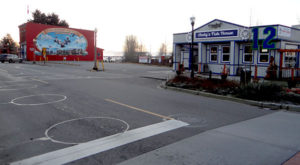


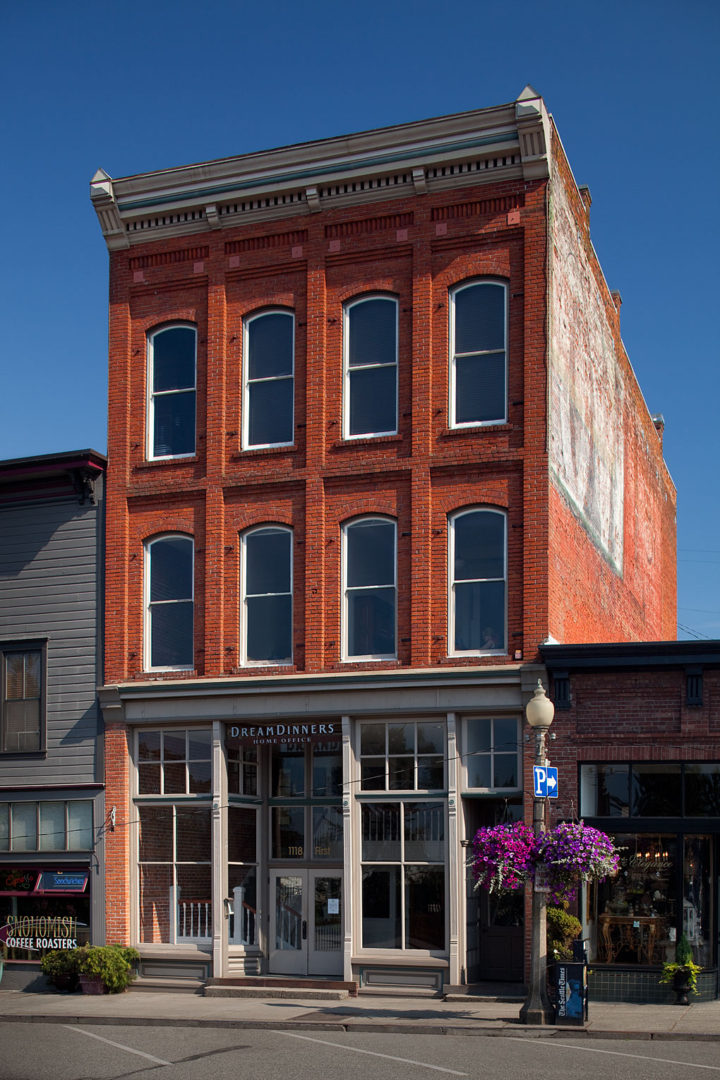
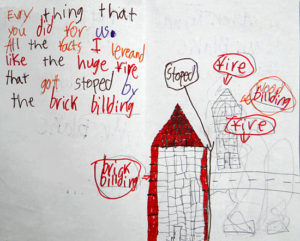
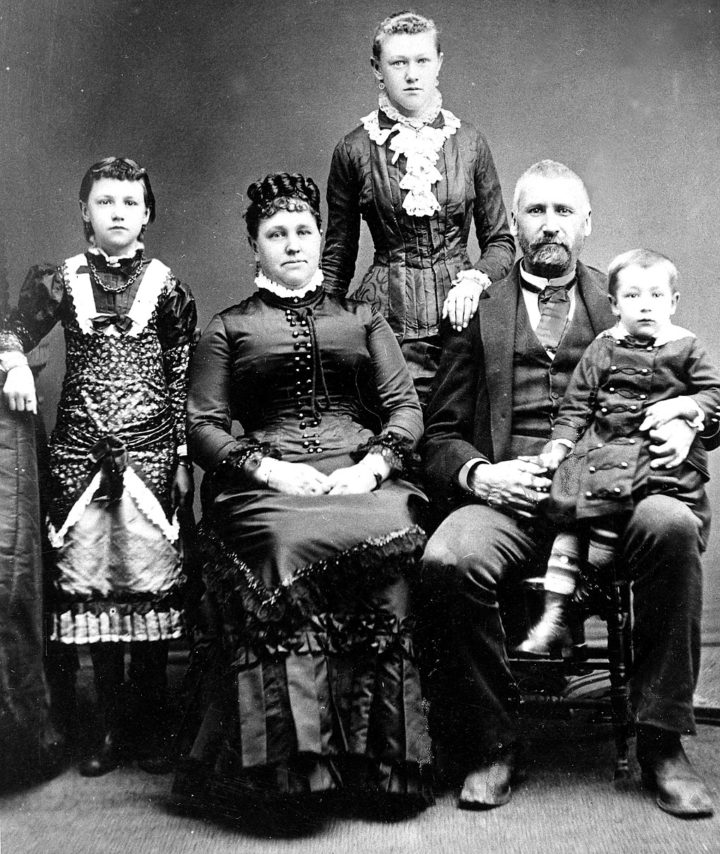
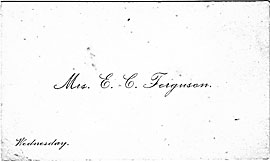 First, we need to check Mrs. E. C. Ferguson’s calling card to confirm that “Wednesday” is in the lower left hand corner – this is the day the lady of the house receives visitors. Next, we will need to rent a horse and carriage, assuming we don’t own our own rig, since the home is too far out of town to walk with any dignity remaining once we arrived.
First, we need to check Mrs. E. C. Ferguson’s calling card to confirm that “Wednesday” is in the lower left hand corner – this is the day the lady of the house receives visitors. Next, we will need to rent a horse and carriage, assuming we don’t own our own rig, since the home is too far out of town to walk with any dignity remaining once we arrived.